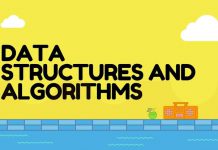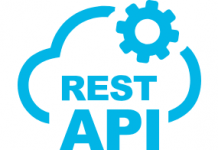Day 2: Python Progression – Journey into Control Flow and Functions
Congratulations on completing Day 1 of your Python learning challenge! Today, we’re diving deeper into the language, exploring control flow structures and functions. These concepts are pivotal in writing more complex and interactive programs.
1. Control Flow: Directing the Flow of Execution
In Python, control flow statements allow you to dictate the order in which your code is executed. Let’s explore two essential control flow structures: if statements and loops.
If Statements:
These conditional statements enable your program to make decisions. Syntax-wise, an if statement checks a condition and executes a block of code if the condition is true.
Try creating if statements with different conditions to familiarize yourself with this foundational structure.
Loops:
Loops are crucial for repetitive tasks. Python offers two main loop types: for loops and while loops.
The example uses a for loop to iterate over a range of numbers. Experiment with loops to understand how they streamline code execution.
2. Functions: Building Blocks of Reusable Code
Functions are a key component of any programming language. They allow you to encapsulate a block of code into a named, reusable unit. Here’s a simple function:
The greet function takes a parameter (name) and prints a personalized greeting. Explore creating your own functions with various parameters and return values.
3. Bringing It Together: Control Flow and Functions in Harmony
Now, let’s combine what we’ve learned. Create a program that utilizes if statements to make decisions and functions to encapsulate specific tasks. For example, build a program that checks whether a number is even or odd and then defines a function to display a message based on the result.
4. Challenges to Strengthen Your Skills
Enhance your program with nested if statements to handle more complex conditions.Experiment with different loop patterns and explore their use cases.Create functions that accept multiple parameters and return values.
5. Reflect and Share Your Progress
Take a moment to reflect on what you’ve learned today. Consider sharing your experience, code snippets, or any challenges you faced on a coding platform or social media. Engaging with a community can provide valuable insights and encouragement.
As you conclude Day 2, you’ve delved into the foundations of control flow and functions. Tomorrow, we’ll explore data structures, bringing you closer to a comprehensive understanding of Python. Keep up the fantastic work! Happy coding!
Master Your Coding Skills with BootSelf AI
If you're looking to enhance your coding abilities and upskill in artificial intelligence, look no further than the BootSelf AI app. This innovative platform provides AI-based coding lessons that are tailored to your individual learning pace.
Available on both iOS and Android, you can download the BootSelf AI app and start mastering coding skills today:











